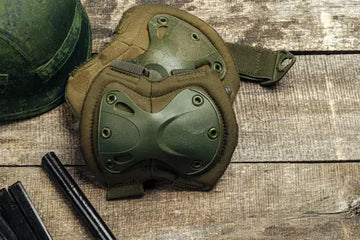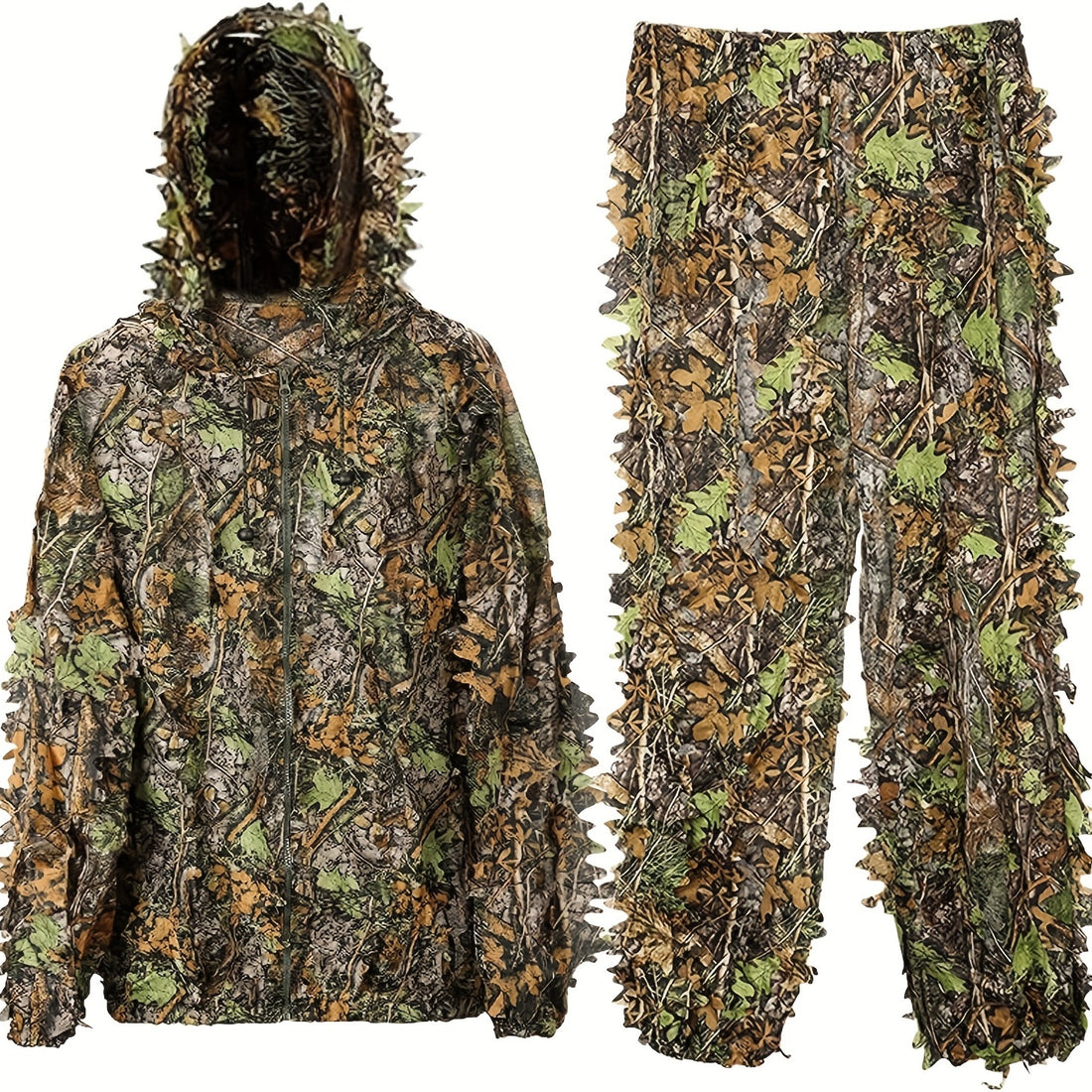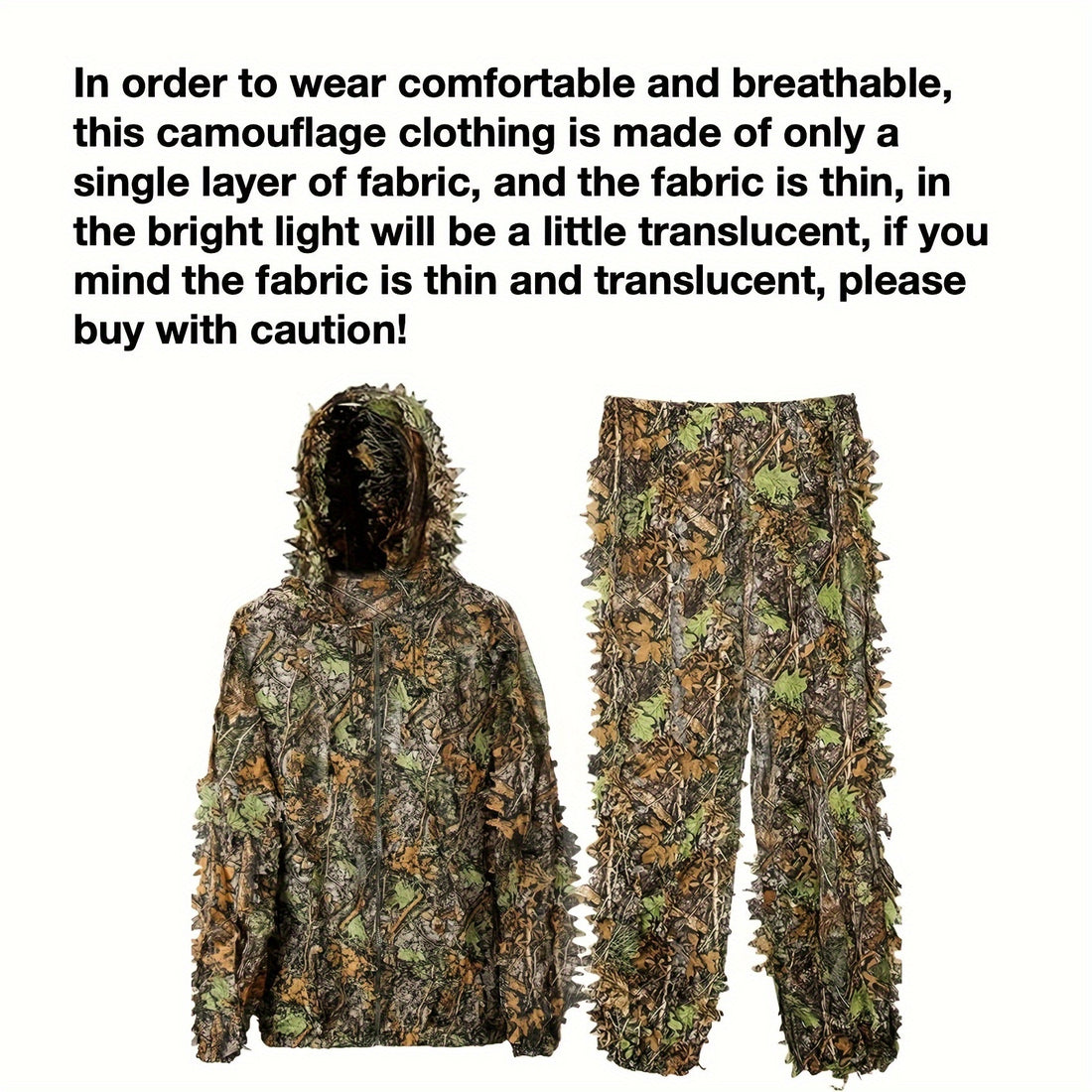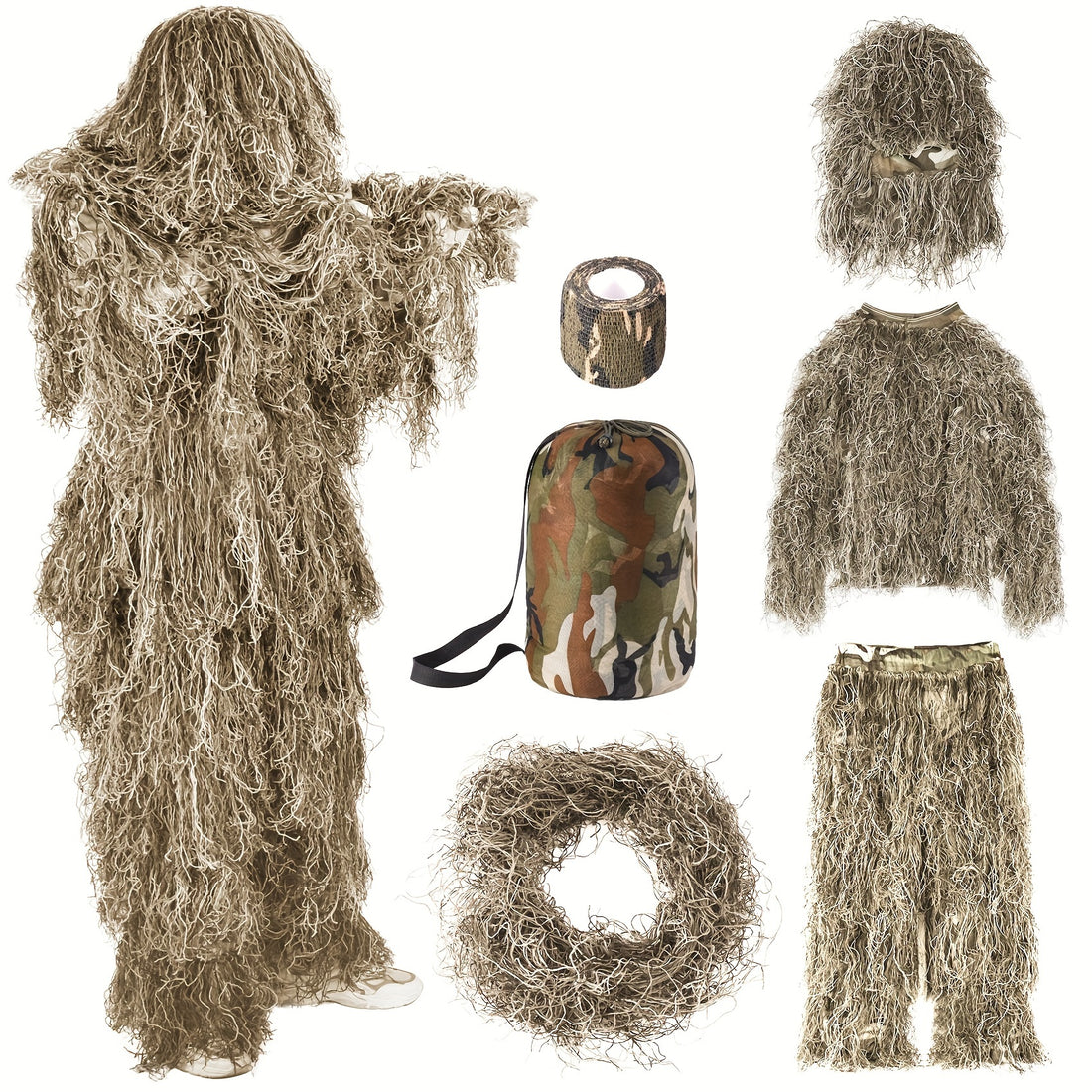Body armor is a critical piece of personal protective equipment, but the terminology can be confusing. The fundamental difference lies in the materials used and the threats they are designed to stop. Understanding the distinction between soft and hard body armor is the first step in selecting the appropriate protection for a given situation.
This guide provides a factual comparison of both types, explaining their construction, capabilities, and typical use cases.
What is Soft Body Armor?
Soft body armor is comprised of multiple layers of tightly woven, high-tensile strength fibers. These flexible panels are designed to be worn in a carrier vest.
- How It Works: Upon impact, the web of fibers catches and deforms a bullet, absorbing its kinetic energy and spreading it over a larger area of the vest. This process prevents the projectile from penetrating the body.
- Common Materials: Aramid fibers (e.g., Kevlar®) or Ultra-High-Molecular-Weight Polyethylene (UHMWPE).
- Form Factor: Flexible, conforming panels that are inserted into a carrier.
What is Hard Body Armor?
Hard body armor consists of solid, rigid plates designed to be inserted into a plate carrier. These plates are meant to shatter or deform a high-velocity projectile upon impact.
- How It Works: The hard plate's material is designed to break the bullet's tip and absorb its energy, stopping it completely. The plate itself may crack in the process, which is normal for many ceramic types.
- Common Materials: Ceramic (often combined with a polyethylene or aramid backing), steel, or pure polyethylene.
- Form Factor: Rigid, flat or curved plates, typically in shooter's or swimmer's cut formats.
Soft vs. Hard Body Armor: Key Differences
The choice between soft and hard armor is a trade-off between protection level, weight, and concealability.
| Feature | Soft Body Armor | Hard Body Armor |
| Primary Protection | Handgun rounds, shell fragments, and stabbing threats. | High-velocity rifle rounds and armor-piercing ammunition. |
| Threat Level (NIJ Standard) | Levels II, IIA, and IIIA. | Levels III and IV. |
| Weight & Bulk | Lighter and more flexible, allowing for all-day wear. | Heavier and bulkier, which can restrict movement and cause fatigue. |
| Concealability | Can be worn covertly under clothing. | Overt; difficult to conceal due to its rigid profile. |
| Durability & Lifespan | Fibers can degrade with exposure to moisture, UV light, and wear; typically has a 5-year warranty. | More durable against environmental factors, but can be compromised by a direct impact. |
| Typical Users | Law enforcement, security personnel, at-risk civilians. | Military personnel, tactical teams, and in high-risk security details. |
The National Institute of Justice (NIJ) sets the standards for body armor in the United States. For detailed specifications, you can refer to the NIJ Standard-0101.07.

Combined Systems: The Best of Both Worlds
For many professional users, a combined system offers the most comprehensive protection. This involves wearing a soft armor vest as a base, with hard armor plates inserted into a plate carrier worn over it. This setup provides:
- Rifle Protection: From the hard plates over vital areas (chest and back).
- Handgun & Fragmentation Protection: From the full-torso coverage of the soft armor underneath.
- Flexibility: The soft armor protects areas not covered by the plates.
How to Choose the Right Body Armor
Selecting armor is a serious decision that should be based on a realistic threat assessment.
- Identify the Threat: What are the most likely ballistic threats you may face? Common handgun calibers (9mm, .40 S&W, .45 ACP) are stopped by soft NIJ Level IIIA armor. High-velocity rifle rounds (7.62x39mm, 5.56mm) require an NIJ Level III hard plate. The highest level, IV, is for armor-piercing rifle rounds.
- Consider the Mission Profile: Does the situation require concealment, or is an overt presence acceptable? Will you be wearing it for long periods, requiring a lighter soft armor system, or is maximum rifle protection the priority?
- Focus on Fit: A properly sized plate carrier or vest is essential. The armor must sit correctly on the body to provide the intended coverage and allow for a full range of motion. An ill-fitting carrier can be as dangerous as having no armor at all.
No body armor makes the wearer invincible. It is a piece of safety equipment designed to mitigate specific threats. Proper training, situational awareness, and de-escalation are always the first lines of defense.
About Us
As a manufacturer of plate carriers and tactical systems, we design our products to integrate seamlessly with both soft and hard armor, ensuring a secure, comfortable, and functional fit for the end-user. Our role is to provide a reliable platform that holds the life-saving armor, engineered to the highest standards of durability and ergonomics.
We offer wholesale and custom manufacturing services for organizations requiring professional-grade load-bearing solutions. Contact us to discuss your requirements today.























